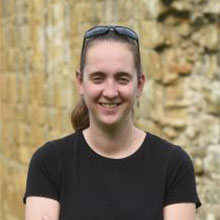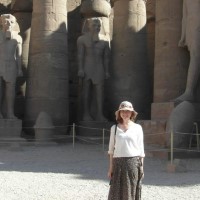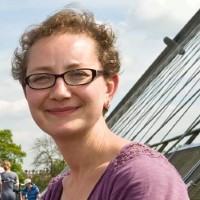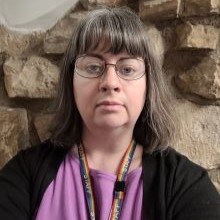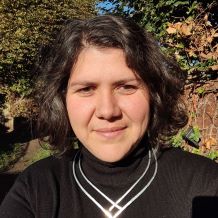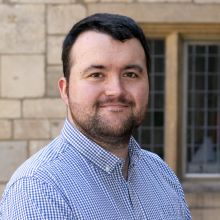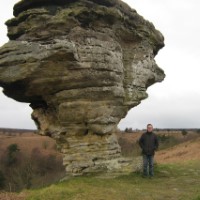Our people
Over 110 people work in our Department, with research and teaching spanning the breadth of archaeological study.
Find contact details and explore who does what.
Related links

E/245B
Research interests:
- Multidisciplinary research
- Geochemistry
- Palaeoclimatology
- Novel biomarker proxy
- Marine ecosystem dynamics

Research interests:
- Geographic Information System
- Remote Sensing
- Environmental archaeology
- Heritage management
- African Archaeology

Research interests:
- Bioarchaeology
- Stable isotope analysis
- Human and animal subsistence
- Medieval archaeology
- Multi-faith societies and sociocultural change

K/153
Research interests:
- Public archaeology
- Digitisation
- Archive management
- Museum education
- Premodern heritage narratives

K/257
Research interests:
- Late Bronze and Iron Age Europe
- Landscape archaeology
- Conflict and violence
- Prehistoric demography
- Anarchistic principles in Prehistoric communities

Research interests:
- Artefact studies
- Medieval material culture
- Viking Age
- Long-range trade
- Craft and industry

Research interests:
- Terrestrial landscape evolution
- Coastal archaeology
- Shell middens
- Palaeoenvironmental analysis
- Submerged landscapes

Research interests:
- Decolonising Heritage
- Cultural Heritage interpretations and management
- Heritage and Museum education
- Rock Art studies
- Heritage and science narratives

K/110
Research interests:
- Hunter-gatherer archaeology
- Settlement
- Material culture
- Spatial analysis
- Experimental archaeology

Research interests:
- European Neolithic
- Funerary Archaeology
- Social identity, gender and inequality
- Radiocarbon dating
- Strontium Isotopes

Research interests:
- Bioarchaeology
- Isotopic analysis
- Proteomic analysis
- Ancient diets
- Mobility and social dynamics

Research interests:
- Artefact Analysis and Small Finds
- Early Medieval Archaeology
- Viking Age Material Culture
- Reconstructive Heritage Crafts, Nalbinding (Nalebinding).
- Finds Processing, Care, Curation
- Finds & Paper Archive Museum Submissions and Processes
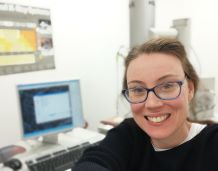
Research interests:
- Pottery and ceramics
- Neolithic ways of life

Research interests:
- Ritual and domestic life
- Later prehistory
- Funerary practices

Research interests:
- data re-use
- heritage repositories
- digital preservation
- born-digital heritage
- museum activism
- decolonising archives and collections

Research interests:
- Roman death and burial
- Funerary commemoration
- Ancient dress and identity
- Roman childhood
- Roman religion
- Roman imperial economy
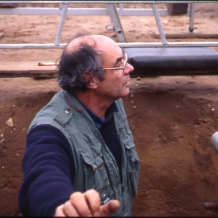
Research interests:
- World archaeology
- Early Medieval Europe
- Field method in archaeology

Research interests:
- Life Sciences
- Human Biology
- Human Osteology
- Palaeopathology

Research interests:
- Biomolecular archaeology
- Ancient DNA analysis
- Stable isotope analysis
- Human and animal subsistence
- Early Prehistory

Research interests:
- Cultural heritage conservation
- Climate change adaptation
- Earth building materials
- Historic building conservation

Research interests:
- Biomolecular archaeology
- Human diets and cuisine
- Stable isotope analysis
- Organic residue analysis
- Prehistory
Dr Michelle Feider
Research interests:
- Zooarchaeology
- Microfauna
- RATTUS
- Small mammals

Research interests:
Post Medieval
DS/114
Research interests:
- Evolutionary anatomy
- Virtual anthropology
- Functional morphology
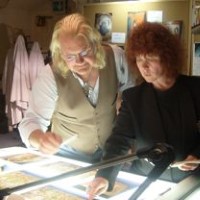
Research interests:
Egyptology; Body adornment in the ancient world; Mummification and burial practices
Research interests:
- Participatory heritage
- Collections development
- Heritage values
- Heritage interpretation
- Heritage and change

Research interests:
- Buildings history
- Churches; medieval
- Conservation

Research interests:
- Environmental history
- Archaeobotany
- Diet and cuisine
- Biomolecular analysis

Research interests:
- GIS & Remote Sensing
- Landscape Survey & Geophysics
- Cartography & Illustration

K/261
Research interests:
- Sustainability
- Inequality
- Agriculture
- Spatial analysis
- Economics

DS/106
Research interests:
- Ancient DNA
- Genetic and proteomic preservation

Research interests:
- Viking Great Army
- Archaeology and heritage
- Medieval castle studies
- Digital technologies
- Archaeology of childhood

Research interests:
- Ancient protein analysis
- Dietary consumption
- Disease
- Biomarkers
- Palaeoproteomics
Research interests:
- Heritage and social justice
- Indigenous archaeology
- Heritage encounters
- Anti-colonial and decolonial heritage

Amy Holguin
ENV/239
Research interests:
- Archaeobotany
- aDNA
- Biodiversity
- Climate Change
- Food systems
- Prehistory
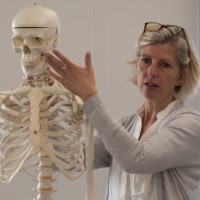
Research interests:
- Osteoarchaeology
- Palaeopathology
- Weapon-related trauma
- Burial ritual
- Multi-disciplinary analysis
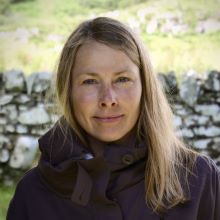
K/G15A
Research interests:
- Landscape archaeology
- Medieval archaeology
- Castle landscapes
- Archaeological fieldwork
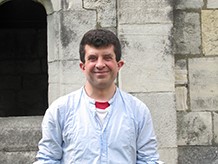
Research interests:
- Buildings biographies
- Urban history
- Long Eighteenth century
- Domestic space
- Consumer behaviour

K/199A
Research interests:
- Political radicalism
- Resistance and revolt
- Enslaved rebellion
- Visual culture
- Historical archaeology

Research interests:
- Prehistoric excavations
- Neolithic monuments
- Mobility in archaeology
- Landscape Archaeology
- Sea-level rise and adaptation
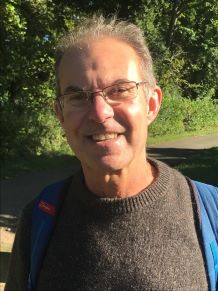
Research interests:
- Prehistoric landscapes
- Arabian-African interconnectivity
- Archaeological fieldwork

K/G70
Research interests:
- Funerary Archaeology
- Iron Age mortuary practices
- Fragmentary human remains
- Biomolecular data

K/254
Research interests:
- Conservation practice
- Archaeological conservation
- Material science
- Preventative conservation
- Earthen architecture
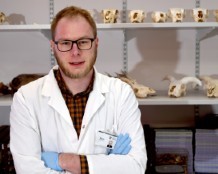
Research interests:
- Zooarchaeology (teaching and collections)

Research interests:
- Hunter-gatherer archaeology
- Artefact analysis
- Experimental archaeology
- Funerary archaeology
- Interdisciplinary research

ENV/245B
Research interests:
- Organic residue analysis
- Prehistoric Japan
- Past cuisines and culinary habits
- Cultural transition
- Agriculture and pottery
Mr Duncan Marks
Research interests:
Planning Club, York Civic Trust
Research interests:
- Medieval archaeology
- Parish churches
- Funerary commemoration
- The Norman Conquest
- Lordship and landscape

Research interests:
- Population genomics
- Ancient DNA analysis
- Evolution

K/110
Research interests:
- Late Palaeolithic and Mesolithic archaeology
- Fieldwork
- Public engagement
- Climate change
- Biodiversity
- Death and burial practices
- Food

K/260
Research interests:
- Roman archaeology
- Archaeological theory
- Greco-Roman religion
- Digital archaeology
- Museum and heritage studies

Research interests:
archaeology
Research interests:
- Middle and Upper Palaeolithic archaeology
- Mesolithic archaeology
- Experimental archaeology
- Artistic expression in Prehistory

Research interests:
- Zooarchaeology
- Fish and fish trade
- Commensal rodents
- Medieval Europe
- Neolithic and Chalcolithic
Research interests:
- Archaeological materials
- Ceramics
- Pottery
- Early medieval archaeology
- Experimental archaeology
K/211
Research interests:
- Landscape history and archaeology
- Interdisciplinary research
- Public engagement
- UK treescapes and tree valuation
- Machine learning

Research interests:
- intangible cultural heritage
- diaspora and migration
- cultural festivities and celebrations
- uses of heritage in post-displacement settings

Research interests:
- Lithic analysis
- Mesolithic hunter-gatherers
- Coastal Prehistory
- Erosion and research biases
- Decolonisation and diversification in Archaeology

Research interests:
- Palaeopathology
- Health and disease in past populations
- Funerary Archaeology
- History of medicine
- Biomolecular analysis
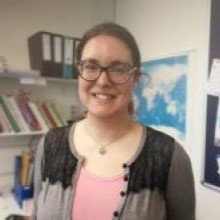
ENV/219
Research interests:
- ZooMS
- Palaeoproteomics
- Protein breakdown
- Amino acid analysis
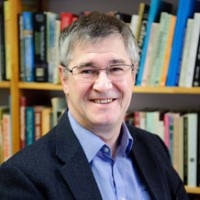
Research interests:
- Anglo-Saxon and Viking archaeology
- Mortuary behaviour
- Settlement evolution
- Digital archaeology
- Data preservation

Dr Alice Rose
DS/106
Research interests:
- Isotopic analysis of human and faunal remains
- Human osteology and palaeopathology

Research interests:
- Cuisine
- Heritage
- Foraging
- Himalayan mountain cultures
- Bioarchaeology

K/199A
Research interests:
- Quantitative methods
- Cultural evolution
- Digital archaeology
- R Statistical Environment
- C14 dating

Research interests:
- Digital Heritage
- 3D Computer Graphics
- Design
- Virtual Reality

Research interests:
- Contemporary archaeology
- Marine pollution
- Cultural heritage
- Plastic Age
- Citizen science
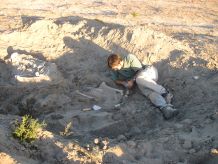
ENV/245B
Research interests:
- Human remains
- Patagonian archaeology
- Molecular archaeology
- Stable isotope analysis
- Pottery use
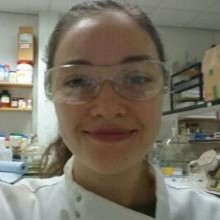
Research interests:
- Biomolecular archaeology
- Ancient diet
- Human osteology

Research interests:
- Archaeology of restoration
- Parish churches
- Historic buildings
- Measured survey methodologies
- Architectural analysis

Research interests:
- Evolutionary Anthropology
- Human social emotions
- Hunter-gatherer populations
- Cognitive variability
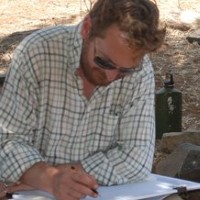
Research interests:
- Sustainability science
- Sustainable agricultural landscapes
- Field Archaeology
- Complex stratigraphic excavation
- East Africa
- Intensive agriculture
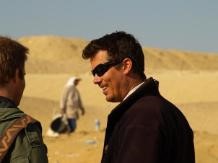
Research interests:
- Neolithic
- Eastern Mediterranean and Ancient Near East
- Digital archaeology
- Spatial analysis
- Archaeological excavation

ENV/234
Research interests:
- Ancient DNA analysis
- Plant domestication
- Crop utilization
- Archaeobotanical remains
- Genetic changes in domesticated plants

Research interests:
- Landscape Archaeology
- Geoarchaeology
- Holocene environmental change
- Alpine archaeology
- Human-environment interactions

Research interests:
- Critical heritage studies
- Heritage
- Emotion and affect
- Experimental methodologies
- Anti-colonial heritage
- The politics of memory
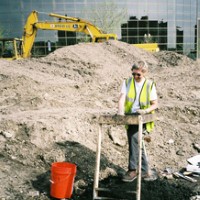
K/131
Research interests:
- Digital methods in archaeology
- Semantic Web
- Linked Data
- Data Standards
- Digital Preservation
- FAIR Principles

ENV/245B
Research interests:
- Zooarchaeology
- Biomolecular approaches
- Prehistoric human-cattle interactions
- Neolithic and Bronze Age archaeology
- Agricultural and dietary change

Research interests:
- Africanist Archaeology
- Urbanism
- Material culture
- Community archaeology
- East African heritage
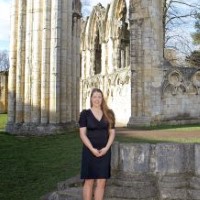
Research interests:
- Climate change archaeology
- Lithic analysis
- Digital archaeology
- Palaeolithic and Mesolithic hunter-gatherers
- Public engagement





